Tony McGuire investigates Scottish windfarms and the plight of residents
GB News
Residents in New Cumnock are faced by the never ending cycle of planning and construction of wind farms coming close to encircling the town, Tony McGuire investigates
Don't Miss
Most Read
In the heart of East Ayrshire, the town of New Cumnock is undergoing its second transformative energy crisis, leaving residents feeling powerless and ignored.
Memories of the sudden closure of the opencast mines are still raw and the impact that moment had on the town is forever on display with the half finished town extension atop Dalhanna hill.
Now residents are faced by the never ending cycle of planning and construction of wind farms coming close to encircling the town.
A community action and awareness group, New Cumnock Wind Farms, brings residents together to discuss the best strategies to appeal to developers, East Ayrshire Council and the Scottish Government.
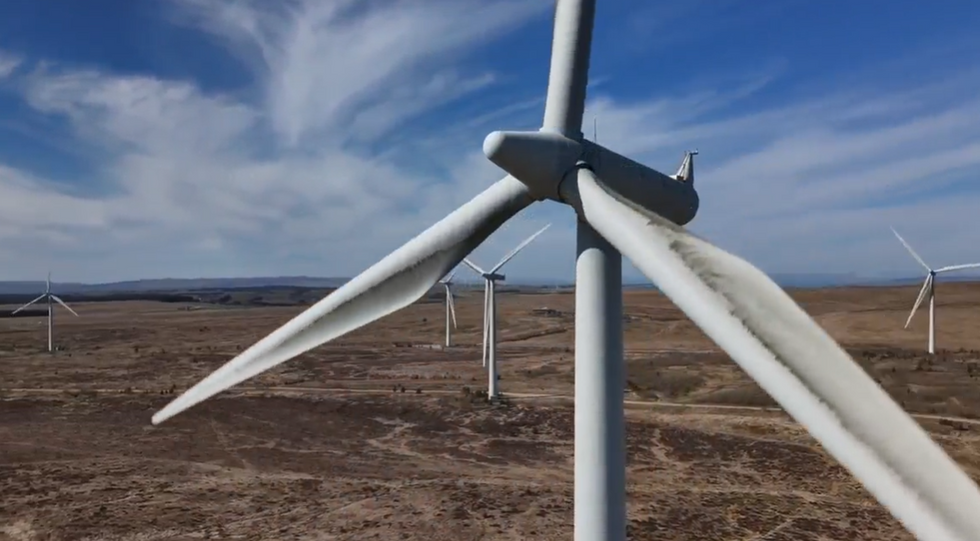
Residents in New Cumnock are faced by the never ending cycle of planning and construction of wind farms coming close to encircling the town
GB News

John Houston
GB News
John Houston, a former opencast worker and active member of the group says residents feel “powerless” when faced with the might and money of onshore wind farm developers.
He says, “as communities - with the windmills - we’re powerless.
“They’re changing the rules so the council can’t stand up to them, so if they can’t stand up to them, we’ve no chance.”
Houston refers to UK Labour’s Planning and Infrastructure Bill, spearheaded by Rutherglen MP Michael Shanks.
If passed, the Scottish Government would have the power to approve more wind farms without being held back by “excessive” and “costly” public enquiries, which coincidentally allow residents to make their case should they oppose a development’s construction.
One of Houston's biggest frustrations is the unreasonable pursuit of developers for land that that’s already had applications denied.
He says developers will either “change the company name” or “sell the planning” to another company in order to get construction approved.
MORE LIKE THIS:
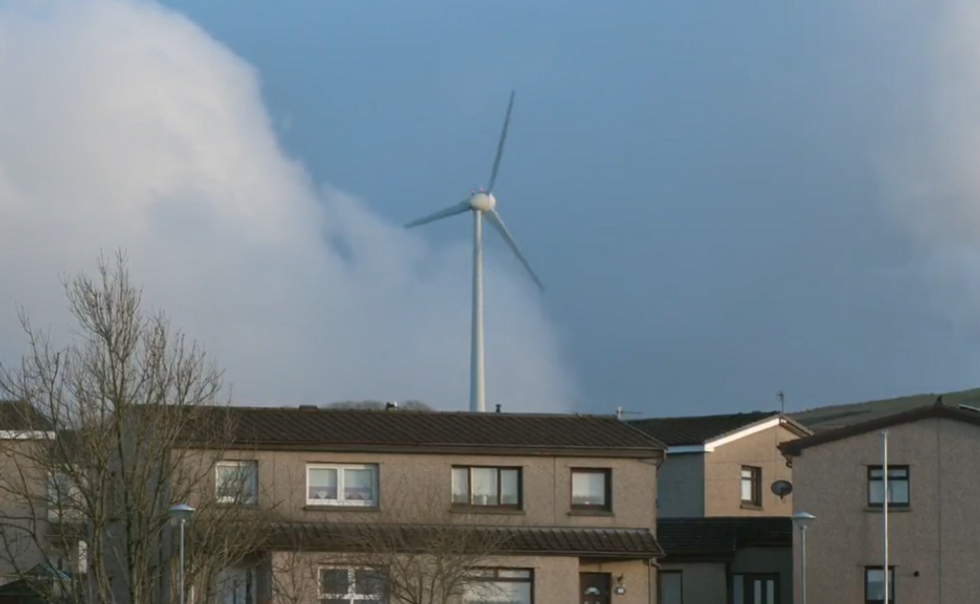
New Cumnock is undergoing its second transformative energy crisis
“It’s just happening,” he says, “Garleffan, Grievehill was rejected from the council twice, was taken to the Scottish Government and got rejected, so that company can’t apply for planning permission again.
“A couple of years down the line is in for planning permission to build on the same site.
“If one company gets told ‘no’ because it’s too close to New Cumnock, why are they even considering another?”
The temperature of frustrated residents is pushed higher by the shared belief their concerns are ignored.
Two miles south in Afton Glen, retired plumber Hugh Ligat and retired collie Midge moved to the foot of Black Craig Hill to enjoy the freshest of air and the cleanest of water.
Ligat's newfound free time sees him producing honey from his three hives, but the nonstop construction of turbines has awoken him from his Scottish wilderness dream.
Unfolding an ordnance survey map, he shows me a nearby stream where Salmon come inland to spawn, but an extension to the Sanquhar II wind farm would place a turbine within feet of the water.
“It’s very clear water, lots of gravel and exactly what the salmon want,” he says.
“If they put a turbine there at the top of that small burn that comes down, silt will wash down and suffocate the eggs.”
He says the cumulative impact of adjoining wind farm developments is fast becoming “a ring of steel round about us.
“We’re becoming a dumping ground for wind farms.”
Despite axing annual targets in favour of a five-yearly review model, the Scottish Government continues to pursue a net-zero agenda with wind power at the fore.
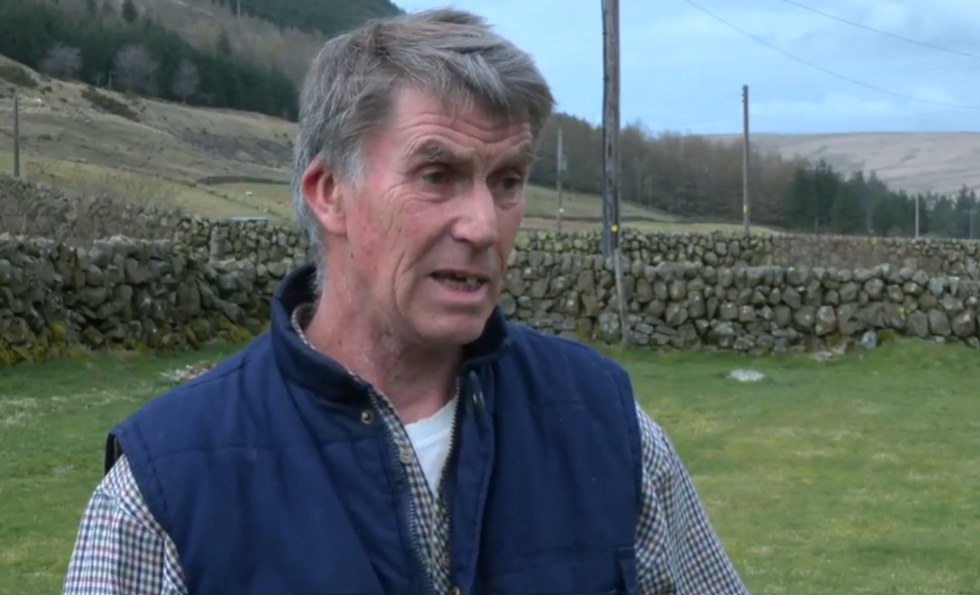
Hugh Ligat
GB News
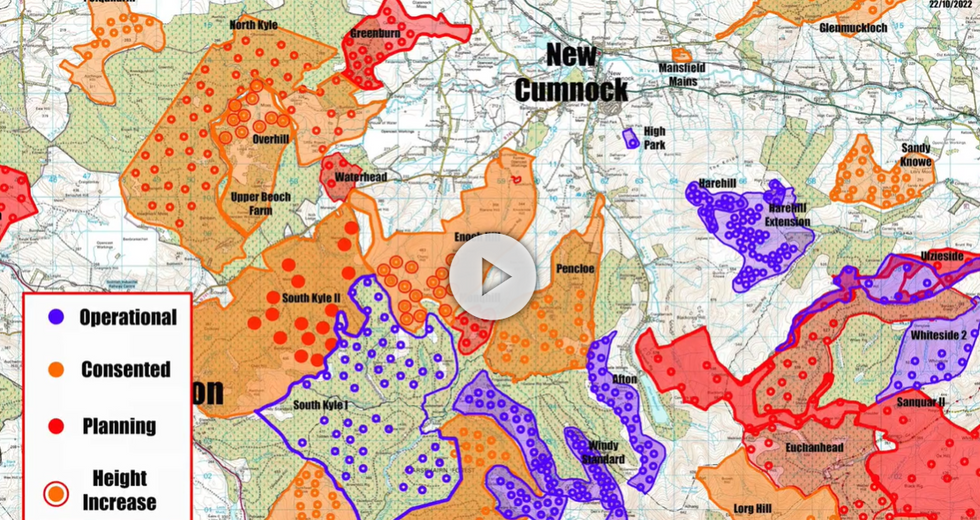
This map, shared by New Cumnock Wind Farms group, shows the combination of operational, consented and planned wind farms
New Cumnock Wind Farms
With regards to giving due weight to community feedback and opposition, a spokesperson for the department of Energy and Net Zero said:
“Scotland has some of the most stringent environmental impact regulations anywhere in the world and our planning and consenting system ensures that local communities can always have their say.
“We believe that communities should be central to the energy transition and it is vital that people across the country share in the significant economic and social benefits that will be created as we develop our renewable energy resources.
“This means ensuring energy developments provide schemes that deliver tangible and long-lasting legacy benefits for local areas.”
Some solace for New Cumnock and the surrounding towns and villages is the 9 Community Council Fund - a community-led charitable body that negotiates with wind farm developers to extract the best payments for the local community.
In just a few years, Chief Operating Officer of the 9CC Stephen McCarron has secured more than £2 million for the local area, but takes caution to remind residents that developers are under no obligation to pay communities once plans are approved.
“The 9CC don’t take any active role in wind farm developments or the planning process,” he explains, adding “it’s non-constitutional for us.
“We’re merely there to make sure we get the best deal possible from community benefits in order to invest in our communities.
“But it should be noted that these payments are non-mandatory, voluntary arrangements - there’s no obligation on developers to pay them.”
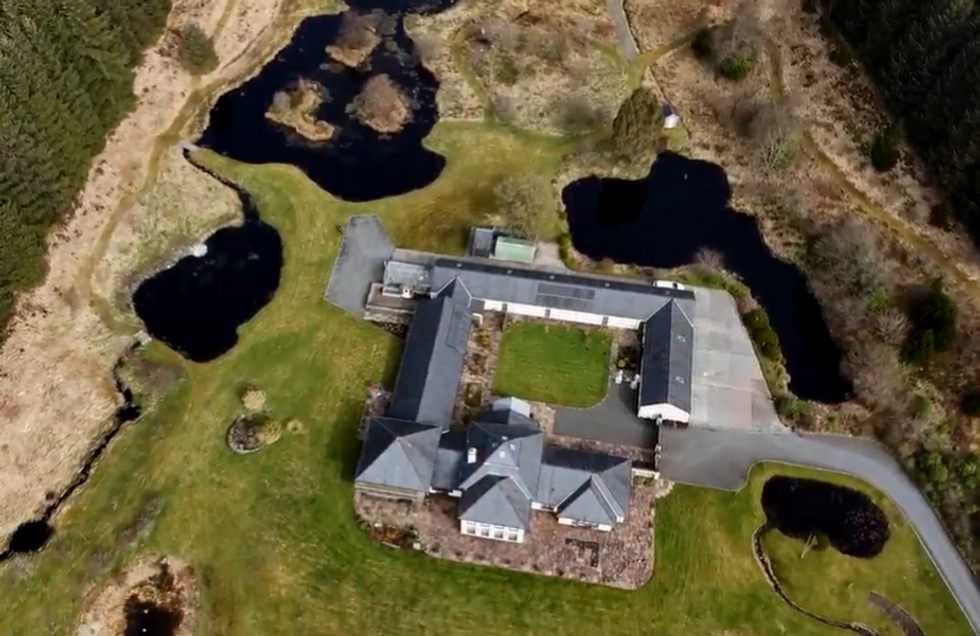
Retired engineer Christopher Shaw says turbines 'would have virtually surrounded' his property, making it 'uninhabitable'
GB News
New Cumnock residents with opposition fatigue might look to the south, in the heart of the Galloway forest, for what is possible when up against wind farms at a public enquiry.
Retired engineer Christopher Shaw says his success against the combined opposition of three lawyers took its toll on his family.
Pointing to the tree line where 250-meter turbines one kilometre away would have stood, he says turbines "would have virtually surrounded” his property, making it “uninhabitable”.
“It was extremely damaging to us,” he recalls, “because you are faced with big business and they don’t really take any prisoners.
“In the end it was defeated because of the effect it would have had one the Merrick wild land area.”
Despite New Cumnock residents making their voices heard about the existing and approved developments, nearly double that number are under consideration in other land surrounding the town.
Their plight is not unique to Ayrshire - the winds of change are blowing through population centres big and small around the UK, elevated by the £2 billion paid to wind farms to keep turbines switched off, to avoid overloading the grid.
Two points rank high on their list of resident complaints: why onshore wind farms continue to be built at a startling rate when battery storage capacity continues to fall behind; and why the UK’s wind energy potential has not translated to lower energy bills?
Fires and rushed technology has plagued the rollout of battery facilities around the country, sparking a new arena for community action groups like ‘Scotland Against Spin’ and ‘New Cumnock Wind Farms’ to gather the strength to fight for resident voices to be heard.
Meanwhile, the UK has some of the highest energy prices in western Europe, leaving many browbeaten residents to ponder who really stands to benefit from these winds of change.












